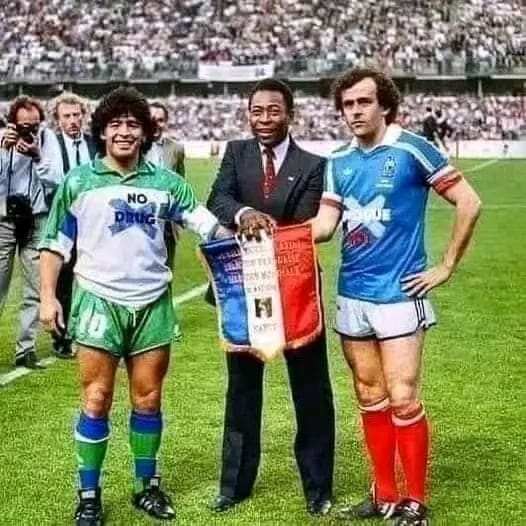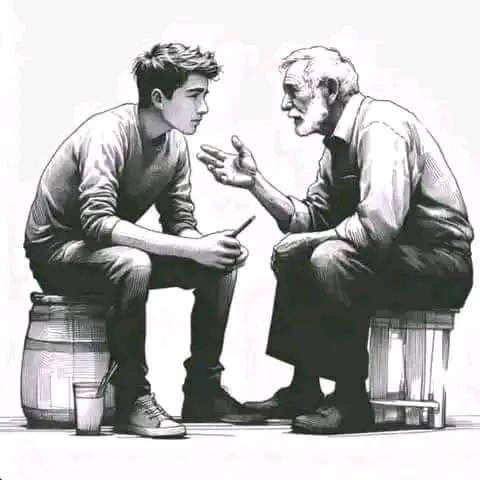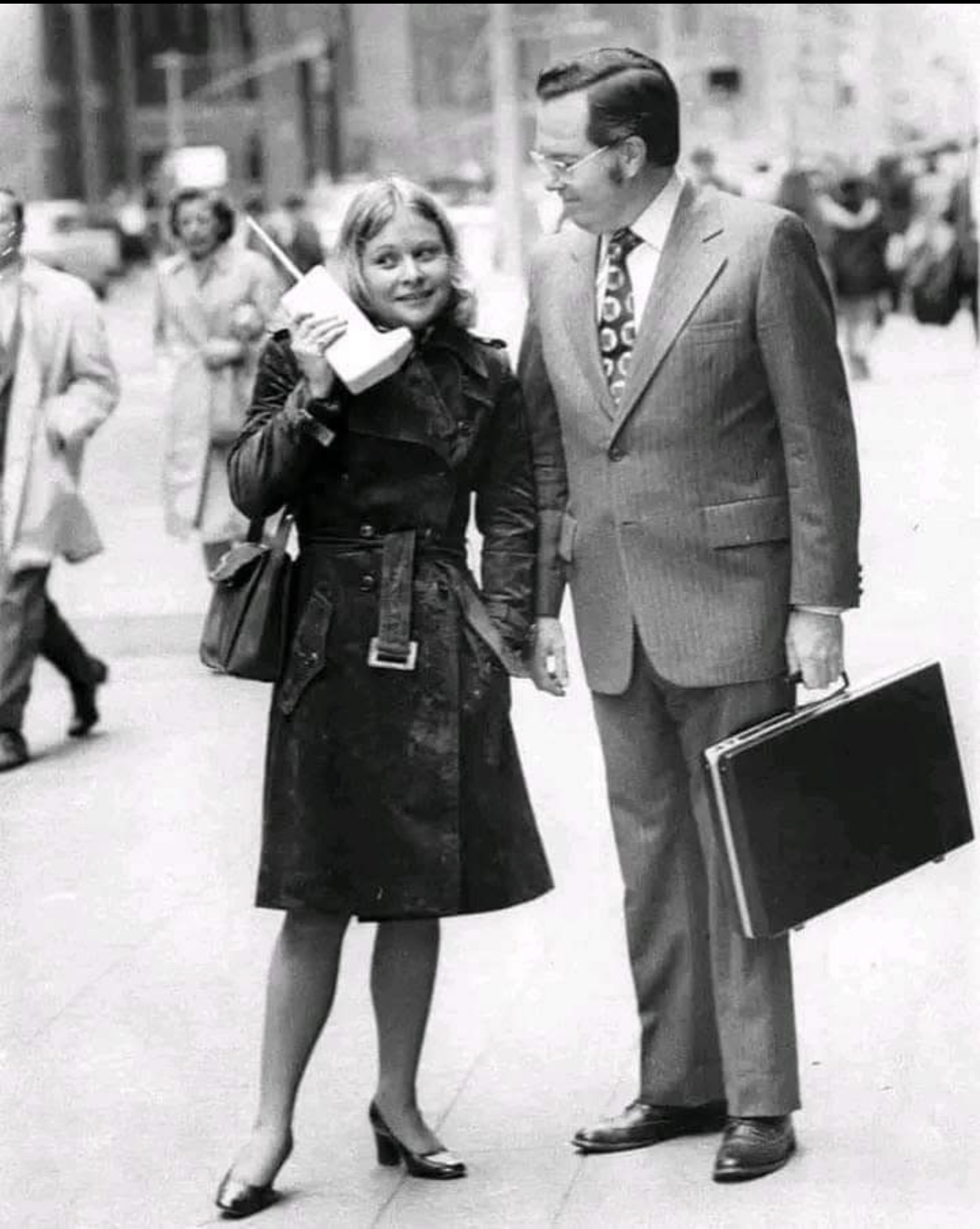Historic picture; important lessons: 1986 world cup photo of Maradona, Pele and Platini.
Then Maradona campaigned against drugs, Platini against corruption and Pelé stood for the rights of the children. Time passed by. Maradona became a drug addict.
Platini was banned from football administration for corruption. And Pele refused to accept his biological daughter Sandra Regina Arantes, who was born as the result of his affair with a housemaid (in 1964). Arantes filed a lawsuit against Pelé.
She won the case with DNA tests results and later wrote a book, “The Daughter the King Did Not Want”, that described her mother’s affair.
Who was Pelé?

Edson Arantes do Nascimento (Brazilian Portuguese: [ˈɛdsõ(w) aˈɾɐ̃tʃiz du nasiˈmẽtu]; 23 October 1940 – 29 December 2022), better known by his nickname Pelé (Portuguese pronunciation: [peˈlɛ]), was a Brazilian professional footballer who played as a forward.
Regarded as one of the greatest players of all time and labelled “the greatest” by FIFA, he was among the most successful and popular sports figures of the 20th century. In 1999, he was named Athlete of the Century by the International Olympic Committee and was included in the Time list of the 100 most important people of the 20th century. In 2000, Pelé was voted World Player of the Century by the International Federation of Football History & Statistics (IFFHS) and was one of the two joint winners of the FIFA Player of the Century. His 1,279 goals in 1,363 games, which includes friendlies, is recognised as a Guinness World Record.
Pelé began playing for Santos at age 15 and the Brazil national team at 16. During his international career, he won three FIFA World Cups: 1958, 1962 and 1970, the only player to do so. He was nicknamed O Rei (The King) following the 1958 tournament. Pelé is the joint-top goalscorer for Brazil with 77 goals in 92 games. At the club level, he was Santos’s all-time top goalscorer with 643 goals in 659 games. In a golden era for Santos, he led the club to the 1962 and 1963 Copa Libertadores, and to the 1962 and 1963 Intercontinental Cup. Credited with connecting the phrase “The Beautiful Game” with football, Pelé’s “electrifying play and penchant for spectacular goals” made him a star around the world, and his teams toured internationally to take full advantage of his popularity.During his playing days, Pelé was for a period the best-paid athlete in the world. After retiring in 1977, Pelé was a worldwide ambassador for football and made many acting and commercial ventures. In 2010, he was named the honorary president of the New York Cosmos.
Averaging almost a goal per game throughout his career, Pelé was adept at striking the ball with either foot in addition to anticipating his opponents’ movements on the field. While predominantly a striker, he could also drop deep and take on a playmaking role, providing assists with his vision and passing ability, and he would also use his dribbling skills to go past opponents. In Brazil, he was hailed as a national hero for his accomplishments in football and for his outspoken support of policies that improve the social conditions of the poor. His emergence at the 1958 World Cup, where he became a black global sporting star, was a source of inspiration. Throughout his career and in his retirement, Pelé received numerous individual and team awards for his performance on the field, his record-breaking achievements, and his legacy in the sport.
Who was Diego Maradona?
Diego Maradona (1960 -) is one of the greatest footballers of all time. A genius on the pitch with an unrivalled ability to pass, shoot, dribble and float past defenders.
Maradona led Argentina to World Cup success and Napoli to its first Italian title. A maverick genius, Maradona’s struggles with drug addiction marred his career, but for all his flaws, he is widely revered for giving the game some of its most memorable moments.
Early life

Diego Armando Maradona was born on 30 October 1960 on the outskirts of Buenos Aires, Argentina. He grew up in relative poverty, but his football talent was soon noticed and he made rapid progress through the junior ranks. When he went to trials at Argentinos Juniors, the youth coach, Francisco Cornejo, who first saw Maradona couldn’t believe he was only eight years old, as he was playing with the ability of an adult.
Maradona’s nutmeg
Maradona was a precocious talent and when he was still only 15 years old, he became the youngest player in the history of the Argentinian league – making his professional debut for Argentinos Juniors. On his debut game, Maradona announced his unique talent by performing a perfect nutmeg (passing through his legs) of defender Juan Domingo Cabrera. Maradona says of that memorable first day “That day I felt I had held the sky in my hands.”
After five years at Argentinos Juniors, Maradona was the most sought after player in Argentina. Aged only 20, he was transferred to his childhood dream club, Boca Juniors – for a record $4 million. In his first season at Boca Juniors, he guided them to a league title.
Who was Michel Platini?

Biography: Platini is regarded as one of the all-time greatest football players, having won the Ballon d’Or three times (1983, 1984, 1985). He was also seventh in the FIFA Player of the Century vote.
After retiring from football, Platini was the French national coach for four years and was later elected president of the UEFA. During his club career, Platini began with Nancy (1972–1979), then Saint-Étienne (1979–1982), and finally Juventus (1982–1987).
Born: June 21, 1955 Birthplace: Jœuf, France Age: 67 years old Generation: Baby Boomer
Chinese Zodiac: Goat/Sheep Star Sign: Cancer
Two important lessons from those guys:
1) Nobody is perfect, me , you and him or her! And
2) Appearances can be deceptive.
NewLatter Application For Free







